Namibia is perhaps one of the lesser known tourist destinations in Africa; bordering South Africa, Zimbabwe, Angola and Zambia. Namibia is famous for having the oldest desert in the world, with some of the highest sand dunes as well. Perhaps amongst the most beautiful natural attractions is the desert dunes that roll right onto the beaches of the Atlantic Ocean.
Waterberg Plateau Park is 68 kilometres from Otjiwarongo and is an ideal place for wildlife watching. It is 405.5km2 and has a wide variety of animals; such as buffaloes, antelope, birds, and sable.
Etosha National Park is the largest game reserve in Namibia, hosting 250 lions, 300 rhinos, 6000 zebras, 2000 elephants, springbok, pelicans, impalas, flamingo and giraffes.
Skeleton Coast
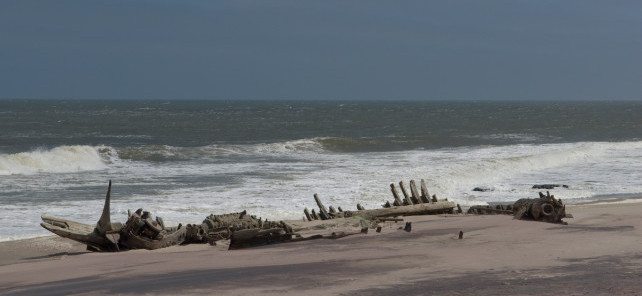
The skeleton coast is one of the most famous attractions in Namibia. It hosts scattered shipwrecks caused by the mist that often descends on this coastline. This is also an excellent place for fishing.
One of the most famous things to do in Namibia is hot air ballooning in the Namib Desert. The flight starts at dawn to catch a majestic sunrise in the Namib-Naukluft National Park and flies over some of the largest sand dunes in the world. After the flight, a champagne breakfast is served. A trip typically costs about R4000 per person (approximately $450 AUD).
Most people who travel to Namibia go to see the majestic red dunes of the Namib Desert, the oldest desert in the world. In the desert, there is Deadvlei, which is a cracked mud plain with some dead trees dotted along the landscape. The Deadvlei park opens at sunrise and closes at sunset, with a permit required to enter (can be purchased at the gates to the park). A permit is about R60 ($7 AUD) per person and an extra R10 ($1 AUD) per car.
Ghost Town
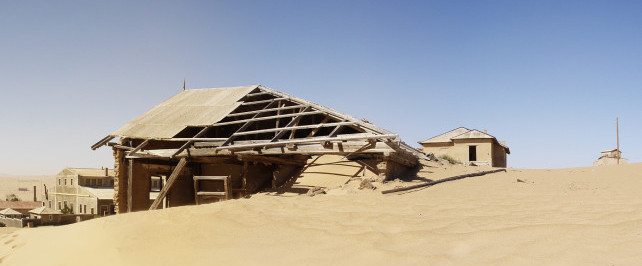
Kolmanskop is a famous ghost town on the outskirts of Luderitz. The town was first developed when diamonds were found scattered around the sand dunes. However, bigger diamonds were later found in other parts of Namibia and the town was abandoned. One can visit the butchery, dairy, bowling alley, town hall and houses. A permit of R55 ($6 AUD approximately) is required to visit the town, with a separate permit also required to take pictures in the town.
On the B2 highway between Aus and Luderitz, are wild horses spotted at a waterhole on the right side of the road (if travelling to Luderitz). No one knows for sure where these horses came from – some say from the South African military, and others say from a local farmer. There are signposts along the way so keep an eye out for them so you don’t miss these beautiful creatures.
Sand Skiing
In Swakopmund (the country’s largest coastal town) one can do some sand skiing or sandboarding. There are tour companies that offer this sport, including equipment rental.
Hot Springs
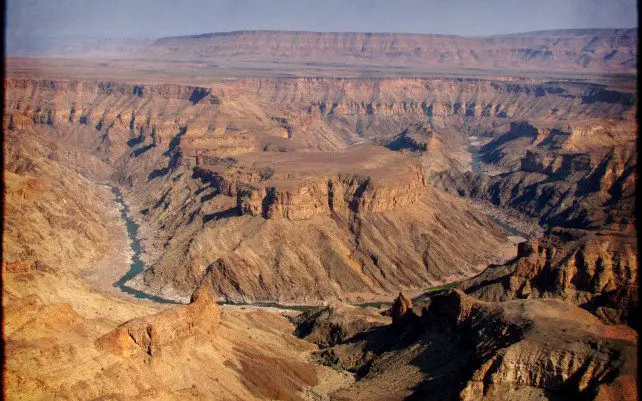
The Fish River Canyon is a large canyon in Namibia and a short drive from the canyon are some beautiful hot springs. The hot springs are located at a camp that also has a heated pool (camp Ai-Ais). It is also located just a few hours away from the border with South Africa.
For people who enjoy hiking, there are guided hiking trails in the NamibRand Nature Reserve. The trail takes two nights and three days to complete. On the first day, camp includes a semi-permanent kitchen with a chef serving a three course meal and snacks and drinks. The night sky, including the Milky Way, is clearly visible and you get to sleep directly under it.
The tour company that provides this unique hiking experience is Tok Tokkie. The busiest season is between July and September, so it is best to try to avoid going during those months.
In general, the best time to visit Namibia is between May and October, this is the dry season. Malaria risk is lower at this time of the year (though it is still advised to take malaria medication). The peak wet months are between January and February and so this would be the worst time to visit.


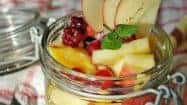
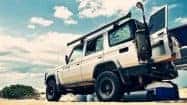
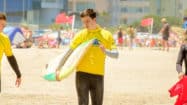

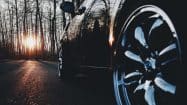
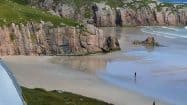
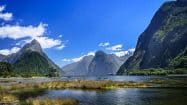
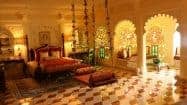
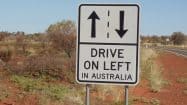
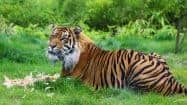
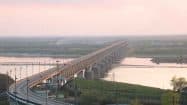
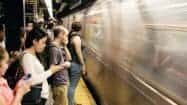
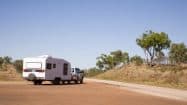
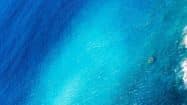
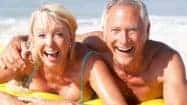
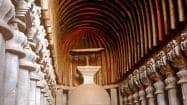
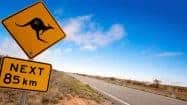
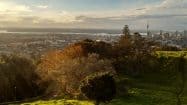
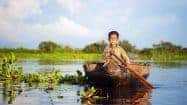
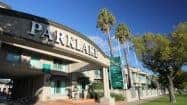
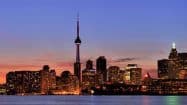
![Big Spender To Backpackers [infographic]](https://www.holidaypoint.com.au/wp-content/uploads/2014/03/GIO_BigSpendertoBackpacker_v3-e1394504863732-187x105.jpg)
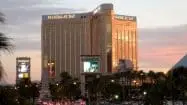
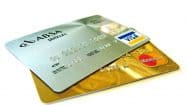
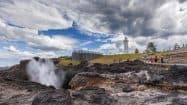
![For The Love Of Bbq [infographic]](https://www.holidaypoint.com.au/wp-content/uploads/2014/01/GIO_AussieBBQ_v2-e1390559463404-187x105.jpg)
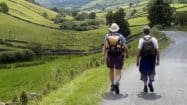
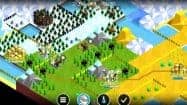
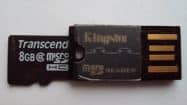
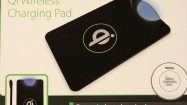
![Cities Of The Future [infographic]](https://www.holidaypoint.com.au/wp-content/uploads/2013/11/geek-travel2-e1384167225628-187x105.jpg)
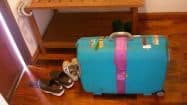

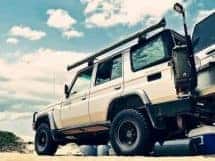
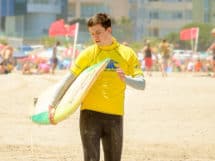
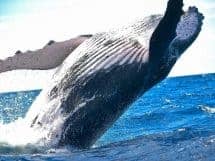





Do You Have a Question to Ask?